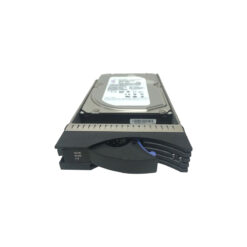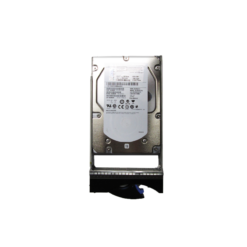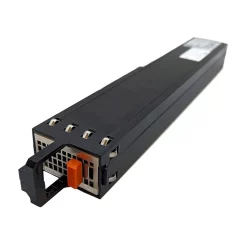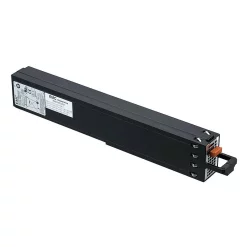Bridging the Gap: Understanding the Benefits of EMC Unity Hybrid Flash for Business Growth
Overview of EMC Unity Hybrid Flash
EMC Unity Hybrid Flash, part of the broader Dell EMC Unity family, offers an adaptable storage solution designed to optimize business operations through reliable and scalable hybrid flash storage. With a focus on midmarket environments, Unity Hybrid Flash provides a versatile and cost-effective option that balances performance, capacity, and simplicity.
Key Features
- Unified Storage: Supports block, file, and VMware VVOLs in one system.
- Flash-Optimized Architecture: Leverages flash storage for more active data and hard disk drives (HDDs) for less active data.
- Simple Deployment: Offers an easy setup with a web-based interface.
- Advanced Data Services: Includes data protection and disaster recovery features.
- Scalability: Provides options for storage expansion and performance enhancements.
- Integration with Cloud: Supports cloud-enabled storage tiering through EMC CloudIQ.
Technology Architecture and Functionality
EMC Unity Hybrid Flash utilizes a combination of flash drives and HDDs to deliver optimized performance and cost-efficiency. The architecture includes the following components:
Storage Processors (SPs)
The Unity system includes dual SPs working in active-active mode to enhance throughput and ensure high availability. Each SP can handle multiple I/O operations, load-balanced across workloads.
Data Tiering
Unity’s data tiering mechanism automatically relocates frequently accessed data to flash storage, ensuring rapid access, while less active data resides on HDDs. This process employs machine learning algorithms to optimize storage efficiency.
Data Flow
Data access follows a streamlined path, beginning at the initiator level from servers, passing through SPs, and finally residing on the appropriate tier of storage drives. This flow is governed by the Quality of Service (QoS) policies to prioritize critical workloads.
Connectivity Options
- Unified Protocol Support: Provides iSCSI, NFS, SMB, and FC protocols over Ethernet and Fibre Channel networks.
- Integrated Replication: Syncs copies to local or remote sites for disaster recovery.
Technical Specifications
| Specification | Details |
|---|---|
| Maximum Capacity | Up to 16PB |
| Drive Support | SAS, NL-SAS, Flash |
| Raw Performance | Up to 300K IOPS |
| Expansion Options | Via additional disk arrays |
| Form Factor | 2U or 4U appliances |
Comparative Analysis
When evaluating against competing technologies, such as NetApp AFF and HPE Nimble, Unity Hybrid Flash presents certain advantages and trade-offs:
- Strengths:
- Cost-effective due to hybrid storage capabilities.
- Simple management and deployment ease.
- Strong integration capabilities with VMware environments.
- Weaknesses:
- Overall raw performance may lag behind that of all-flash arrays in high-demand use cases.
- Lacks some advanced data analytics capabilities found in competitive solutions.
Use Cases
EMC Unity Hybrid Flash is effectively utilized in a variety of use cases:
Virtualized Environments
With support for VMware VVOLs and integration with VMware vSphere, Unity Hybrid Flash provides optimized performance and management simplicity for virtualized infrastructures, suitable for businesses scaling their virtual workloads.
Mixed-Workload Environments
In enterprises with varying data demands, the hybrid architecture efficiently handles fluctuating loads by dynamically distributing data across SSDs and HDDs, ensuring that high-performance workloads receive necessary resources.
Disaster Recovery and Backup
Integrated replication services and cloud enablement features make Unity Hybrid Flash suitable for implementing robust data protection strategies, ensuring business continuity.
Cost-Effective Infrastructure
Small to medium businesses can leverage Unity Hybrid Flash to replace aging infrastructure, offering a balance between capital expense reduction and performance enhancement.












